Ventless (vent-free or unvented) natural gas heaters have become one of the most sought-after heating appliances across the globe for many reasons.
They are considered extremely energy efficient, are able to heat up rooms and workspaces much quicker and require very little effort for their performance.
Installation modifications are not required; hence, the financial investments required to purchase and install ventless natural gas heaters is minimal, compared to other mainstream heating solutions. Beyond that, they do not require blowers and are known to run quietly.
However, as pleasantly attractive as these attributes make them sound, there’s always the concern for safety.
While some homeowners understand the risks but consider the weight of its benefits to be more attractive, it is wrong to push aside the threats that ventless heaters may pose to your home.
Buying a heater means paying attention to its heating effectiveness, efficiency, cost, and it’s safety as well. We’ve established that ventless gas heaters are effective, efficient, and less expensive, but are they also safe?
Ventless natural gas heaters are, in themselves, safe. But that’s a pretty ambiguous statement because things can go wrong if not properly installed or used.
Besides, heating equipment accounted for 14% of all home structure fires in the US between 2014 and 2018, according to the National Fire Protection Association.
There are also concerns about fume and humidity, but we’ll provide more clarity in subsequent sections of this post. But first, let’s provide some background information.
How Do Ventless Gas Heaters Work?
As the name implies, ventless gas heaters are heating equipment that does not vent air outside as they are not connected to the home’s venting duct, nor do they use the chimney.
A ventless gas heater is a furnace designed to heat a room by using the oxygen available in that room to fuel the heater’s combustion process to produce heat, which is then released into the room.
Therefore, they’re considered very efficient; the absence of outside air exchange or venting which is considered the primary route for heat loss means virtually all the heat produced is used in the room.
Unlike vented heaters which rely on the unlimited supply of oxygen from outside the house to aid combustion, a ventless gas unit has to make do with the oxygen within the room.
Without outside venting, it also means exhaust and fume are released along with the heat back into the room. If there is no other means of ventilation, this can be a problem for humans and animals in the house.
Which Is Better Ventless Or Vented Gas Heater/Fireplace?
Ventless Gas Fireplace Vs Vented Gas Fireplace – This is not a straightforward question. To better understand how both types of fireplaces differ, let’s consider the table below.
| Ventless Gas Fireplace | Vented Gas Fireplace | |
| Energy Efficiency | Extremely energy efficient as up to 99% of all heat produced is saved and used up in the room because there is no room for escape through exhaust vents. This reduces the cost on gas. | Not very energy efficient. Due to the presence of exhaust vents, heat is lost along with Fumes released outside of the house. This requires more gas to be used up and increases running costs. |
| Oxygen Sources | Energy used up by the heater or fireplace is gotten from the room where the fireplace is installed. Without some controlled ventilation, this can be limited. | Oxygen is derived both within and from outside the house as exhaust vents also act as inlets for oxygen. This ensures a steady flow of sufficient oxygen. |
| Exhaust/Ventilation | Waste and Fumes are released back into the room. This can be in form of carbon monoxide and when this builds up, it can cause severe harm to humans and animals. | There is a ventilation system for releasing Fumes outside the House. Unfortunately, this also provides a route for much of the heat to be lost, but there is less carbon monoxide exposure. |
| Harmful Fumes | By design, there are no vents for wastes to be disposed outside the house. Although gas and propane naturally produce less carbon than wood fireplaces, they can build up and become harmful. | Vented gas fireplaces are better here because the fume is directed out of the house. This reduces the incidence of carbon monoxide poisoning significantly. |
| Asphyxiation | Asphyxiation occurs more frequently if you live in a well-sealed home. This is a situation where your home is depleted of sufficient oxygen. | Asphyxiation hardly occurs here because of available vents which allow oxygen into the house. |
| Humidity | Ventless gas fireplaces or heaters tend to produce water vapor which also raises the humidity level in your home. | Doesn’t necessarily produce water vapor because of vents that allow for continuous air exchange. |
Overall, it is not right to say one is better than the other unless you have weighed them in relation to your specific needs. If you live in a home with an already built venting mechanism, it may be better to install a vented fireplace. On the other hand, a ventless fireplace may just be the cost-effective option if you do not have a venting system in place and do not have the money to install one.
Are Ventless Gas Heaters Safe?
Ventless gas heaters, of themselves, are safe to use. If you can manage to put in place a schedule or technique to help deal with the poisonous fume and work out a system for dehumidifying, a ventless gas heater is pretty much like any other.
You’d only need to be careful to prevent fires and other dangers that accompany other types of heaters.
Generally, a ventless gas heater poses dangers such as fire risks, humidity damage, carbon monoxide poisoning, nitrogen dioxide poisoning, and even sulfur oxide contamination.
One thing to note is that there are approved ventless gas heaters, and we advise you use only those ones.
There are also ways to make your ventless heater safer, including ensuring the unit is installed by a professional, getting the right heater for your space, using an Oxygen Depletion Sensor (ODS) to shut off the flow of gas flow when oxygen levels drop below 18.5%, and use a carbon monoxide detector, among others.
What Kind Of Gas Is Generated From Ventless Natural Gas Heaters?
There are three main types of gas associated with flames from a gas heater or fireplace. These are:
1. Carbon Monoxide
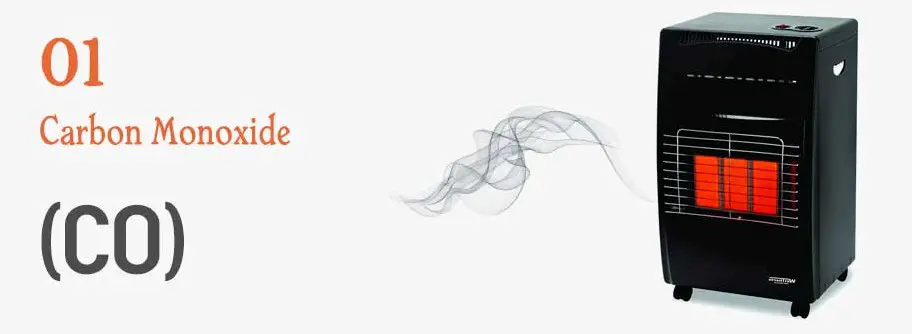
Carbon monoxide is, perhaps, the most lethal of all gases and can cause severe damage to the organs and the brain, and may also lead to death at higher levels.
At low levels, it may only cause certain long-term health complications. It is even more dangerous because it is odorless, non-irritating and colorless. You’d need a detector to notice it.
2. Nitrogen Dioxide
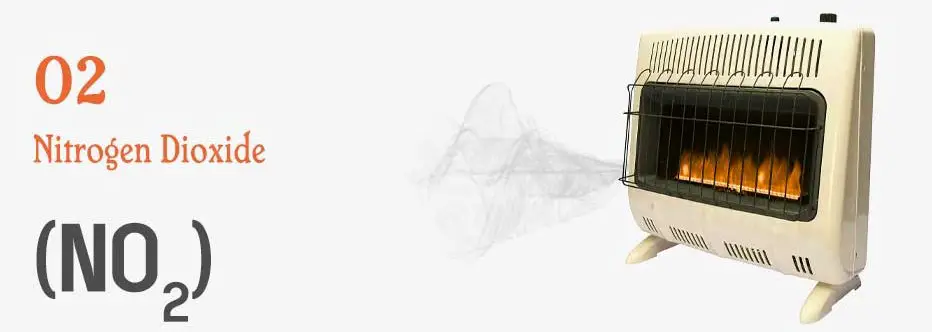
This is another kind of gas released through the flames of gas fires. This is why it can cause some respiratory infections, even if exposure is minimal.
You may be affected with cough, asthma, nausea, sore throat, and even vertigo. Chronic lung disease may occur if exposure is long-term.
3. Sulfur Oxide
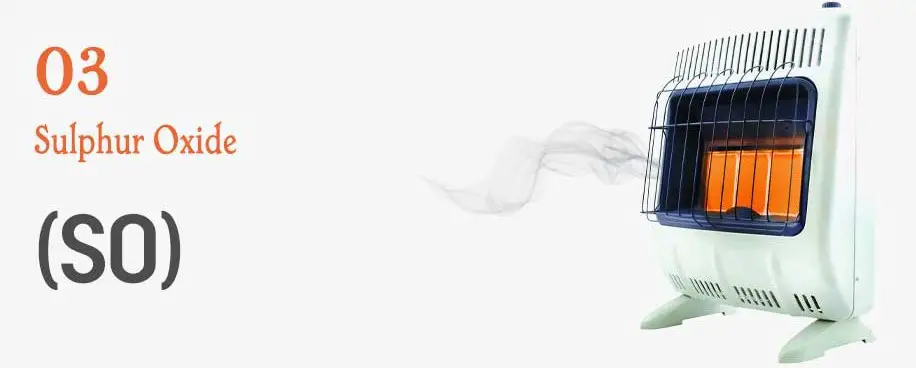
Methyl mercaptan is associated with natural gas from ventless gas heaters. This may be due to a gas leak or some level of exhaustion.
When it burns, sulfur dioxide is produced which can irritate the respiratory tract and eyes. You’d also find residue on the walls or nearby furniture.
Where Is It Safe to Use Ventless Gas Heaters?
This is another very tough question to answer. We would suggest that you try putting some natural ventilation systems in place, such as opening your windows and doors occasionally, but this can cause a draft and the purpose will be defeated.
Outdoors do not also present the best location for us a ventless gas heater because the heat will dissipate faster into the atmosphere. Truth is, there is no best place for running a ventless gas heater, you can simply create the right environment to ensure it is used safely.
Some safety parameters to be emphasized:
- Get the right heater with a capacity that’s compatible with the size of the room or space you wish to heat.
- Ensure the unit is installed by a professional so that nothing is out of place or done haphazardly.
- Use an Oxygen Depletion Sensor (ODS) to shut off the flow of gas when oxygen levels drop below 18.5%. The recommended flow level is around 21%.
- Use a carbon monoxide detector to tell when a substantial amount of carbon has been released into the air.
| Photo | Title | Buy |
|---|---|---|

|
LEVOIT Air Purifier for Home & Bedroom - For Allergies and Pets Hair | Check Price On Amazon |

|
BREEZOME 60 OZ Quiet Dehumidifiers for Home, Dual-Semiconductor | Check Price On Amazon |

|
AquaOasis™ Cool Mist Quiet Ultrasonic Humidifier for Bedroom & Large room | Check Price On Amazon |

|
43.3'' Portable Air Conditioners, 3-IN-1 Evaporative Air Cooler w/Remote | Check Price On Amazon |

|
BlueDri BD-AS-550-BL Negative Machine Airbourne Cleaner HEPA Air Scrubber | Check Price On Amazon |

|
Space Heater, VCK 24" 12ft/s Fast Quiet Heating Portable Electric Heater | Check Price On Amazon |
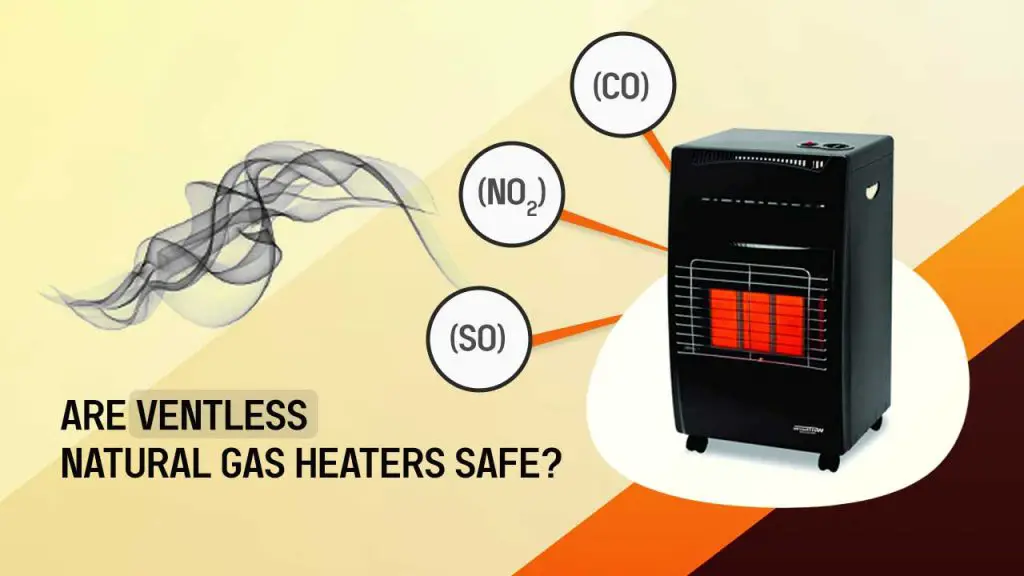
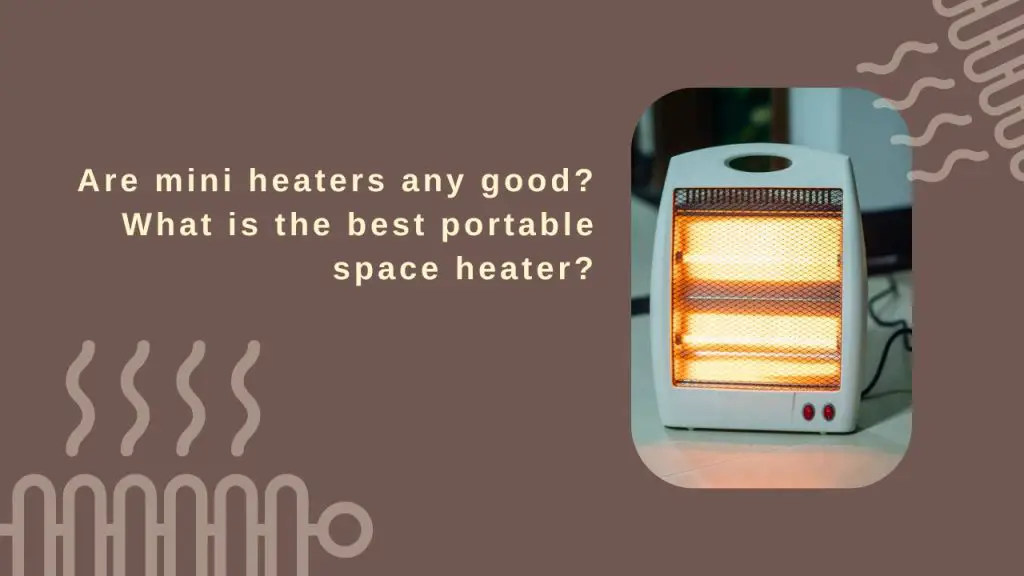
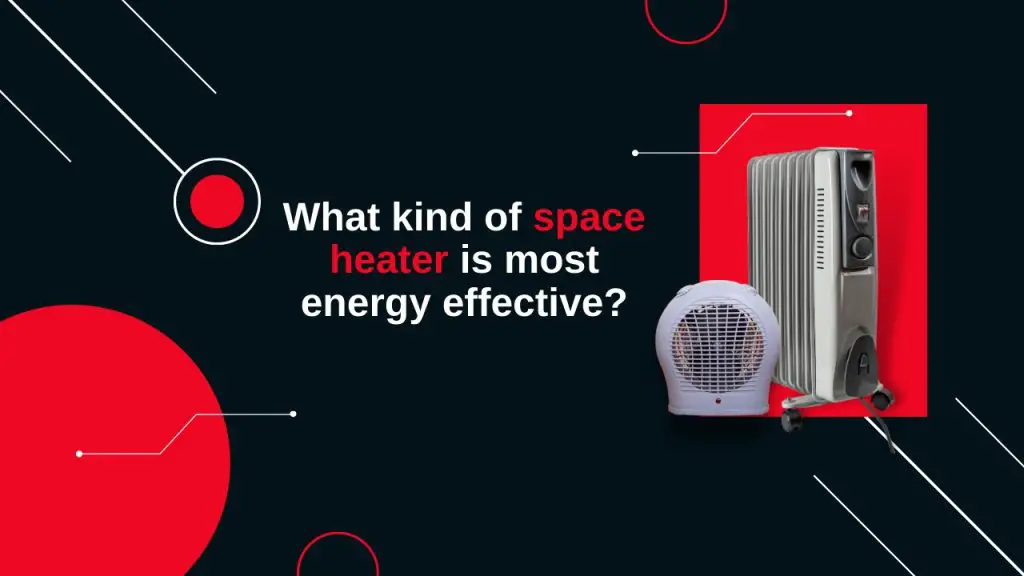
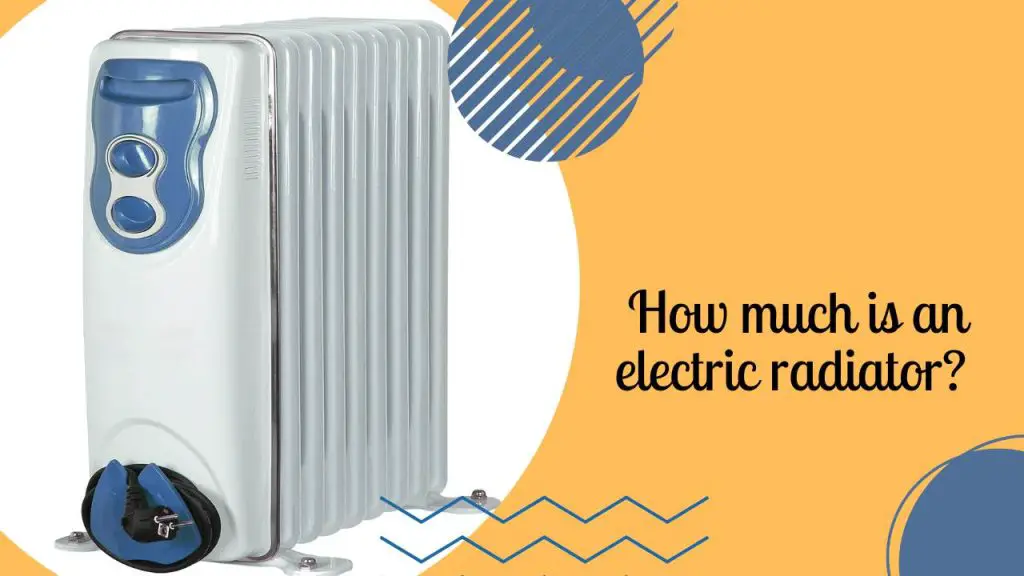
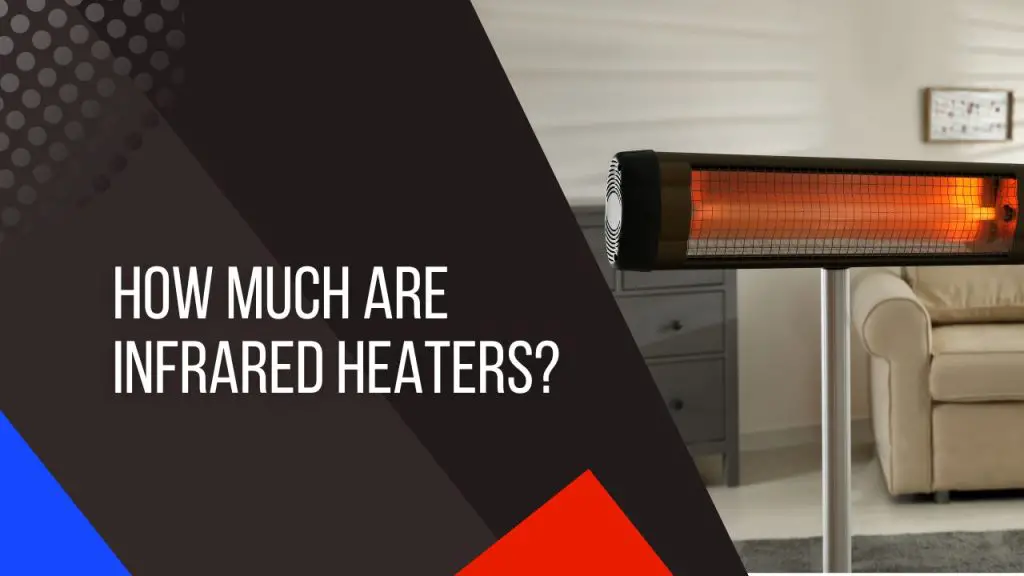
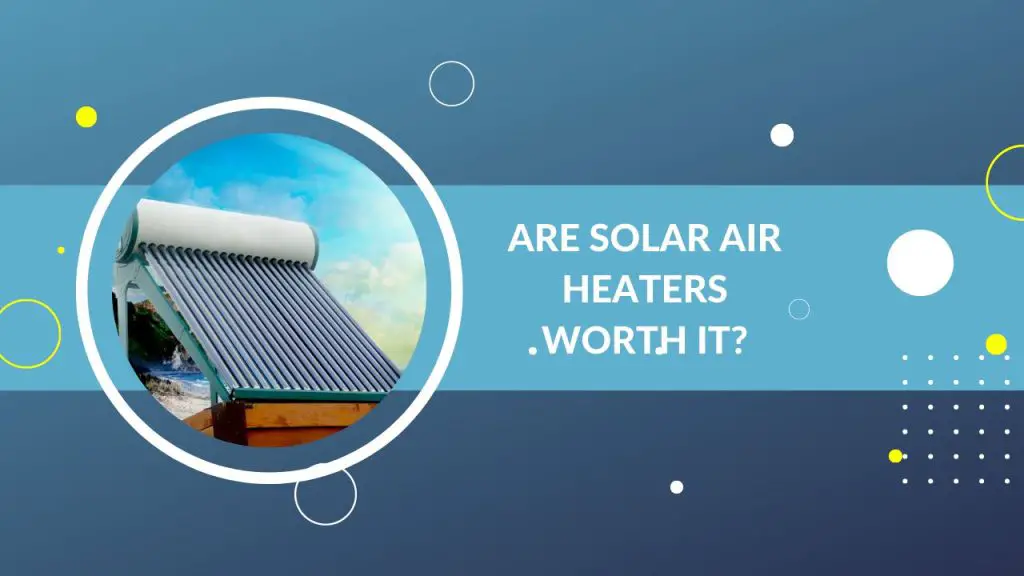
![Ventless Heater Moisture Problems [Possible Reasons & Solution]](https://www.airpurelife.com/wp-content/uploads/2022/12/Why-do-ventless-heaters-create-moisture-1024x576.jpg)